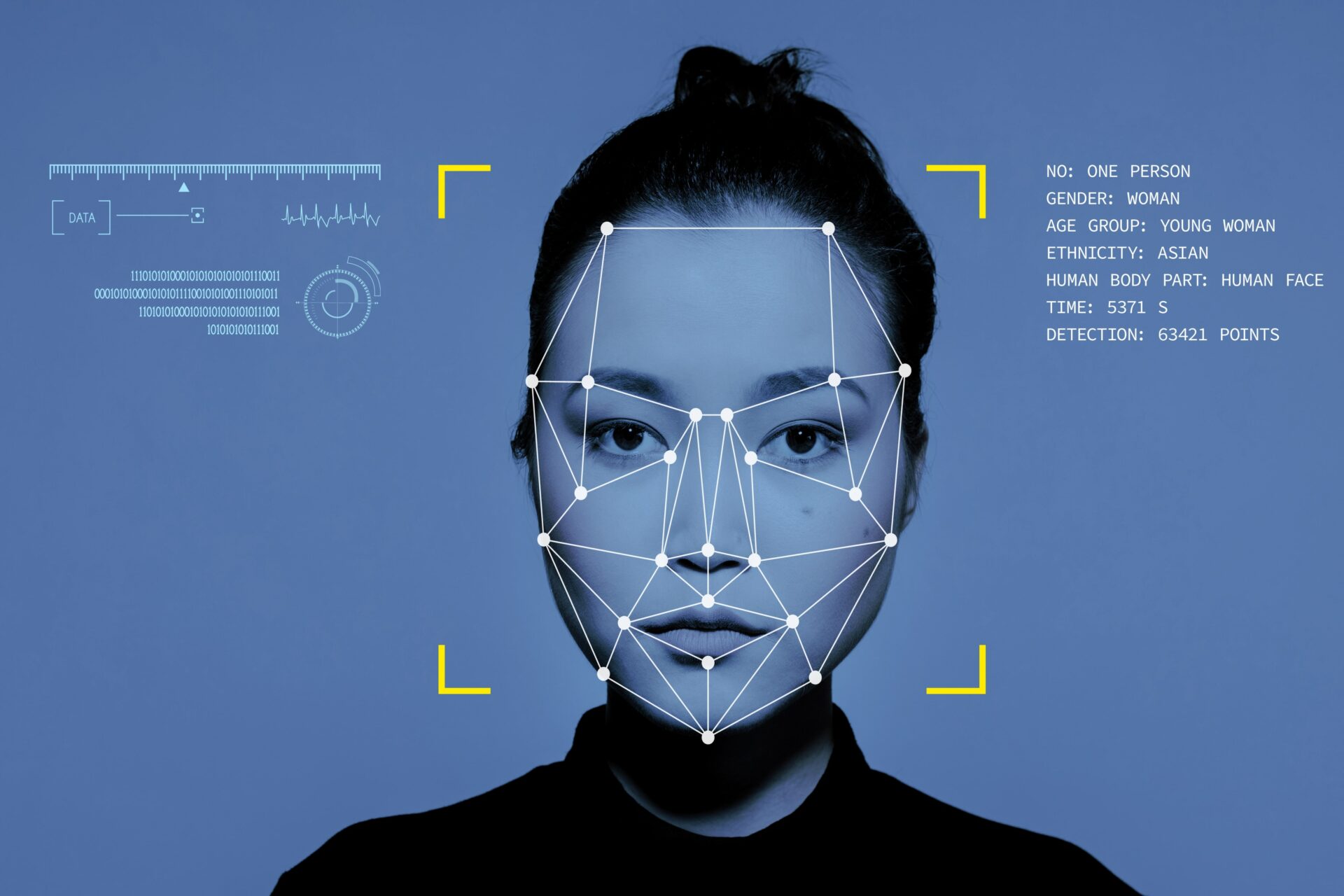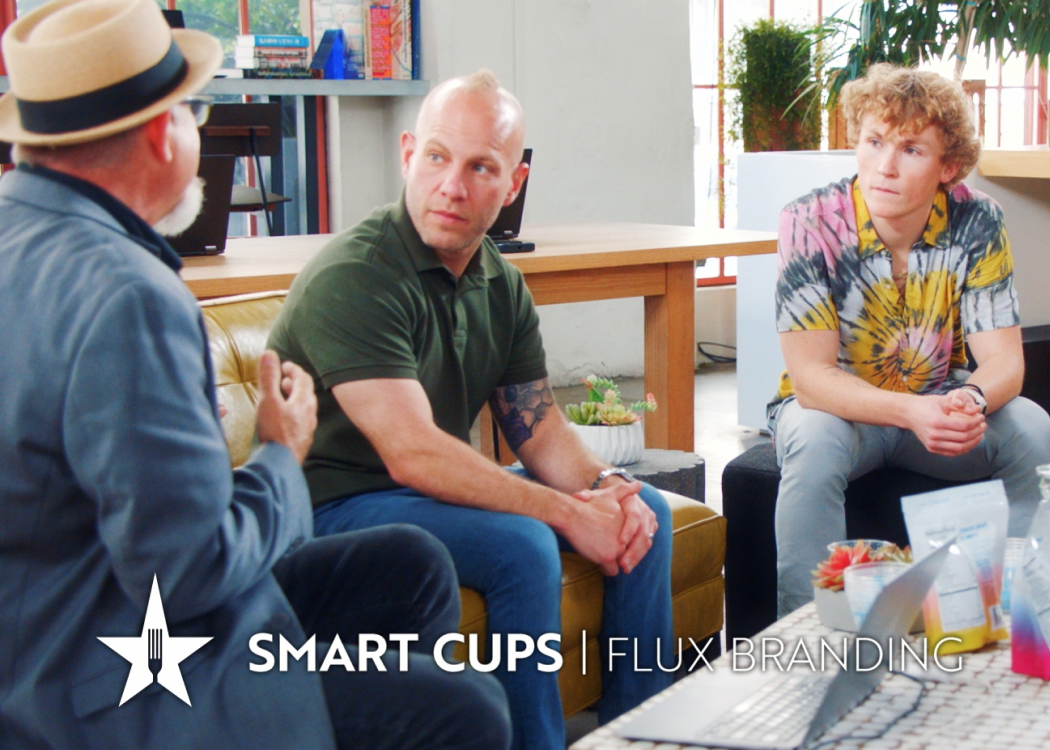Brand intelligence is just one example of how your brand is much more than your logo. Branding combines psychology, logic, and creativity that appeal to the intelligence of a targeted audience. The result is a predictable emotional response that generates a memorable gut feeling.

Your logo, plus your entire visual language, is simply an expression of your brilliance, helping people recognize your brand immediately.
Understanding the intelligence behind your brand will dramatically improve your messaging, resulting in more effective marketing and company culture. It’s an investment that lowers marketing costs, increases close rates, and builds brand loyalty.
Intelligence is the basis for understanding
If your brand appeals to reason, then it’s easier to believe. Brands that are based on intelligence have the best chance for mass appeal. Developing a foundation for communicating brand intelligence is what branding is all about.
Intelligence [in-tel-i-juhns]
• A capacity for logic, understanding, self-awareness, learning, emotional knowledge, reasoning, planning, creativity, critical thinking, and problem-solving.
• The ability to perceive or infer information, and to retain it as knowledge that can be applied towards future behaviors, circumstances, and outcomes.
We value intelligence for several reasons.
Intrinsically, intelligence is associated with an investment of laborious effort or study. Socially, we tend to link intelligence with heredity or pedigree. Economically, intelligence is an indication of superiority that can be used competitively.
A measure of intelligence helps determine a sense of value. Brand intelligence, though, measures a specific kind of intelligence that you use to prove your brand’s value and improve your ability to reach consumers.
What is brand intelligence?
In a word, brand intelligence is the data you use to communicate your brand.
Brand intelligence allows you to make conclusions about your customer base. It allows you to carefully craft the ways in which you interact with your customers, from their first impression of you to customer service when things go awry.
Brand intelligence is a cornerstone of how to rebrand your business. Unlike brand identity, which you have a say in, brand intelligence is entirely made up of data from your customers. You’ll need to use both human intelligence and artificial intelligence tools to form and effectively utilize your brand intelligence, whether you’re rebranding or not.

Human intelligence
Human intelligence is central in how to improve your brand. You can have mountains of high-quality data, an AI to sort through it, and the world’s most perfect spreadsheet. And until you add human intelligence and expertise into the mix, it won’t make a difference at all.
Brand intelligence is the data you gather, but more importantly, it is how you apply that data – something only humans can do. Understanding intelligence – and the value it holds to you, your brand, and your customers – is priceless when it comes to growing a successful brand.
Intelligence Quotient (IQ): A score of intelligence?
An intelligence quotient (IQ) is a total score derived from several standardized tests designed to assess human intelligence. The term “IQ” was coined by the psychologist William Stern in 1912.
IQ tests are designed to determine logical reasoning skills, using numerical or visual patterns to assess sequence recognition. IQ is intended to measure abstract deduction, not factual knowledge.
A high IQ is associated with career success and wealth. People with higher IQs generally make better workers, and they make more money because they’re considered high performers.
But IQ is not the only measure of intelligence. You (and your customers) have real-world experience and knowledge that can’t be measured by an intelligence test.
MENSA: Intelligence brings people together
Mensa International is the largest and oldest high-IQ society in the world. It is a non-profit organization open to people who score at the 98th percentile or higher on a standardized, supervised IQ or other approved intelligence test.
Their mission is to identify and foster human intelligence for the benefit of humanity; to encourage research into the nature, characteristics, and uses of intelligence; and to provide a stimulating intellectual and social environment for its members.
Mensa is a great example of how intelligence itself can become a brand. Although the value of Mensa membership is arguable, members are culturally recognized as having superior intelligence.
Your brand can borrow from Mensa’s exclusive nature. Your brand can be a place where your customers feel their intelligence is recognized, respected, and understood.
Your brand intelligence will also highlight the places your customers feel they’re learning from you, allowing you to leverage your own expertise and intelligence.
The Flynn Effect: People are getting more intelligent
The Flynn Effect represents a sustained increase in intelligence test scores measured in many parts of the world over the 20th century. Better health, better nutrition, better education, and rising standards of living have had a much greater impact than genetic changes.
You’re likely more intelligent than your predecessors, and the next generation will probably be more intelligent than you. This has important implications as you consider the long-term sustainability of your brand. It needs to meet the increasing levels of intelligence that customers will demand.
Human intelligence is capable of exceptional non-linear thought when fully dedicated. But simple pattern recognition facilitates a more rapid comprehension of ideas.
Brands that provide logical messaging patterns are easy to spot. This kind of rote use of brand intelligence doesn’t stand out. At this point, even artificial intelligence – like Chat GPT – can spit out a tagline or a sales page based on a data set.
Strategic storytelling instead provides the intellectual brand strategy framework to engage customers—leading them to infer a call to action of their own free will. Brand intelligence alone isn’t enough. You still need human intelligence and expertise to craft a moving story from the data you’ve gathered.

Artificial intelligence
Technology is enabling devices to take actions that maximize the chance of successfully achieving specific goals. The dramatic increase in computational power, combined with highly advanced software programming, is producing tools that are fundamentally changing our lives.
AI is being used for integrated observational information processing, and the data collected can be used to achieve desired outcomes. Optical data collected from billions of cameras provide even deeper insights for AI to effectively accomplish objectives that were once considered pure fantasy.
Using AI has become a common denominator for brands looking to take a shortcut.
Why create or follow a rebranding checklist when you can have AI do it for you?
Why comb through the data to make your own brand intelligence strategy when you can have something from an AI generator in minutes?
AI has come a long way, but it’s still full of holes. The main problem with the state of AI in creative work is how repetitive it gets. AI can be great for first drafts, but when it comes to leveraging your brand intelligence, a first draft simply isn’t good enough.
AI algorithms: Programmatic rules for repeat processing
Traditional algorithms take input data and then use math and logic to produce an output result. These are one-way processes that handle input data based on static rules. These can help you process the raw data into something usable in your brand intelligence strategy.
Artificial intelligence algorithms combine inputs and outputs simultaneously to reassess input data, producing better outputs over time. These are regressive processes. See the Top 10 AI Algorithms to geek out on it. You might use these in your brand intelligence strategy to refine information.
Machine learning is based on AI algorithms. They attempt to mirror how humans learn through trial, error, and improvement. Computational power accelerates the speed these algorithms run, making them extremely powerful tools for increased productivity.
These are frequently used by brands in chatbots and customer service, although they can come with significant pitfalls. One such AI chatbot was tricked into selling a 2024 Chevy Tahoe for just $1 — not exactly what the brand intended it to do.
Behavioral data: Historic observation of prior activity to predict future actions
Online behavior is tracked by Facebook, Google, and thousands of other free online services. When you click a link, these sites analyze your behavior — even after you’ve left those sites and are several clicks along on your Internet journey.
Tracking information is a valuable commodity for marketers looking to get their content or products in front of people who are more likely to be interested. This data is one of the basic input data points that AI algorithms process to predict your behavior.
See your data. If you’re curious how Facebook is categorizing you to advertisers, here’s how you can find out: In Facebook select ‘Settings’ (top right), click ‘Ads’ (left menu), and click ‘Your Interests’. Prepare to be fascinated.
Behavioral data is invaluable in brand intelligence. This is a key part of how you can make sure your brand is in front of the right user at the right time. It also allows you to cross-reference the different interests and motivations your customers have in common, providing opportunities for stronger calls to action.
Emotional data: Real-time observation of emotional state to identify immediate receptivity
Facial recognition uses a webcam to identify key facial landmarks – corners of eyebrows, the tip of the nose, and corners of the mouth. AI algorithms then analyze pixels in those regions to classify facial expressions. Combinations of these facial expressions are then mapped to 7 emotions: anger, contempt, disgust, fear, joy, sadness, and surprise.
Speech recognition uses microphones to analyze both what is said and how it’s said, observing changes in speech paralinguistics tone, loudness, tempo, and voice quality to distinguish speech events, emotions, and gender. The underlying low latency approach is key to enabling the development of real-time emotion-aware apps and devices.
Cameras and microphones in cell phones and computers provide a tremendous opportunity for new input data to improve machine learning. This elevates the ability of AI to deliver the most relevant suggestion based on every individual’s current mindset.
Artificial Intelligence technologies are already capable of completing processes parallel to human intelligence. Platforms are being actively developed with the ability to mimic human cognitive functions such as learning, problem-solving, planning, and predicting. They are being deployed rapidly with few restrictions other than outdated and inadequate privacy laws.
Without the human qualities of empathy, ethics, instinct, and wisdom in decision-making, the integration of AI into society remains highly questionable.
Your brand is another essential input for machine learning.
Algorithms will favor brand positioning that is clear, consistent, and aligned with specific consumer preferences. And using the brand intelligence provided by the data reports from these algorithms helps you create a more powerful brand. Branding provides a path for the future of communications because it reduces confusion internally, making for great clarity externally.

3 fundamentals of brand intelligence
Brand Intelligence is the result of conscious effort.
It rarely occurs organically, making it an initiative that needs to be driven by an executive champion. Without a mandate from the top, it’s difficult to maintain a commitment to the process. And without a skilled rebranding agency, even those at the top might struggle to form and communicate a strong brand using their current brand intelligence.
There are only three fundamentals to achieving brand intelligence. It’s simple, but it isn’t always easy.
1. Consensus
Getting leaders to agree on a common set of principles requires logic, understanding, self-awareness, learning, emotional knowledge, reasoning, planning, creativity, critical thinking, and problem-solving— the definition of intelligence.
Consistency and clarity just aren’t possible if people aren’t aligned. Consensus is the basis for authenticity in your brand. And this is essential for long-term brand survival. If your brand is a natural reflection of who you really are, then it’s easy to sustain.
Brands solely based on market demand rarely endure unless they are authentically grounded in the people driving them – not just the raw data from your customers.
2. Concept
A unifying idea that differentiates your brand is how brand intelligence forges emotional connections.
The core concepts must be simple, bold, and easy to identify. Using brand archetypes and universal stories helps appeal to the subconscious mind, making the concepts universally intelligible very quickly.
Messaging built around the concept is crafted to resonate with specific customer personas. These are identified through the brand strategy process. The messages should be supported by facts to satisfy buyer intellect. This maintains an emotional connection to the brand if it comes into question intellectually.
3. Consistency
Staying consistent helps increase the frequency with which your brand is seen, heard, and felt.
Although it might feel dull to you, your customers aren’t as focused on your brand as you are.
Experts estimate we see 5,000 ads every day. Staying on brand with a message – and doing it with high repetition – is an easier way to effectively utilize brand intelligence, and build a reputation over time.
Being known for something is most important. It helps associate your brand with a specific, memorable concept that can be recalled at the moment of need. Uniformity also provides an advantage for machine learning in suggesting and predicting a fit with customers ready to buy.

Gordon Ramsay’s Food Stars: Smart Cups
How to raise your brand intelligence
Brand intelligence brings value to companies just like it does to individuals. High brand intelligence is an indicator of high performance: spirited people who believe in the brand, and customers who are loyal to the brand.
It helps attract and retain the best team members who have a passion for your mission.
It appeals to customers who identify with your vision, and desire your products and services.
But finding a clear path to brand intelligence can be extremely challenging. Using an experienced guide can help show you the way. Going it alone can be risky. That’s why choosing an expert is important.
Flux is a branding agency in Los Angeles that has a proven, proprietary methodology for helping you build a successful brand.
Raising your brand intelligence elevates your value. In today’s rapidly changing market, it could be the key to market success. – Jamie
There are best practices that improve the chances of reaching your goals. Let us help you leverage them in your business.